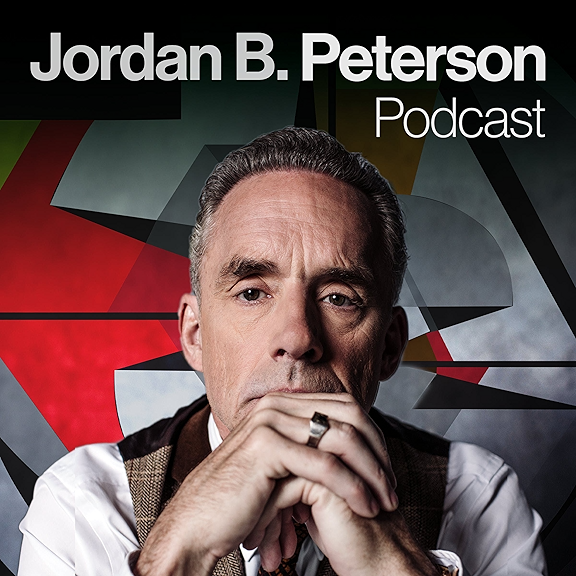
In this episode I cover sequence of returns risk as thoroughly as one can cover it. The episode show notes include:
- What is sequence of returns risk?
- Sequence of returns risk is the risk of negative market returns near or during the time when you will take withdrawals from retirement assets.
- It’s particularly pernicious for people within 5-10 years of retirement or in the first 5 years of their retirement because it has an exponential effect on portfolio depletion
- Welcome back to Navigating the Retirement Risk Zone.
- I’m Eric Amzalag, Certified Financial Planner and Retirement Income Certified Professional. I am the owner of Fee Only Financial Planning firm Peak Financial Planning.
- For the next 15-20 minutes we are going to go deep down the rabbit hole of sequence of returns risk - not academically, but very practically.
- I’ll explain what it is, how to understand it, and how to plan for it in your retirement planning efforts. You’ll want to stick around to the last third of this podcast where I’ll address the investment specific strategy.
- Two layered principals that make up SORR
- The unequal relationship between market declines and positive returns
- Give example from spreadsheet
- what happens when we add in distributions on top of market declines
- Example relationship from spreadsheet
- The unequal relationship between market declines and positive returns
- Why SORR is particularly pernicious in retirement planning tools
- Most retirement planning tools will default to straight line illustrations (straight line rate of return)
- If you don’t look under the hood, you will get blindsided
- Most retirement planning tools will default to straight line illustrations (straight line rate of return)
- How do we plan for/ protect against sequence of returns?
- Comprehension
- 1 - Understand the two components mentioned before - the unequal relationship between market growth and market decline and the time it takes to recover
- 2 - understanding portfolio withdrawals additional impact on that recovery timeline
- Proper Planning
- Don’t rely on Monte Carlo or retirement planning tools probability of success - it will mislead you
- Stress test your financial plan with multiple “investment return scenarios” as well as multiple withdrawal / spending strategy scenarios
- Bottom up withdrawal to investment strategy
- Usually we begin with asset allocation in mind - and it is important and should be addressed but planning for sequence of returns
- Withdrawal rules - something like: withdraw from portfolio returns when portfolio values are up (to preserve cash and cash like investments), withdraw from cash and cash like investments when portfolio is down (to allow time for investments that have lost value to recover)
- Depending on ability and level of wealth, build an asset allocation that will support that withdrawal strategy
- Each person will need to determine the amount of cash/cash like investments they can support in their portfolio and still meet their desired spending in retirement.
- Fill in the asset allocation with specific and appropriate investments that actively support the hedging goal - don’t blindly purchase funds that fit the asset allocation at a categorical level - an easy example of where people go wrong is thinking that intermediate and long term bonds are actually LOW VOLATILITY and are “cash like” because the asset allocation says that the bond part of the portfolio is the defensive part. Share anecdote about result of 2022 market correction and int+long bonds getting clapped.
- Diversify out of concentrated positions
- Having more individual investments reduces “concentration risk” and allows for investment specific pruning when markets decline.
- A 3 fund portfolio only has so many areas where you can prune while waiting out a recovery
- Comprehension
- Thinking about planning for sequence of returns
- It’s like purchasing insurance
- When things are going well, we think we don’t need it
- But in many areas of our lives, we buy insurance.
- Even though we hope we never need to rely on it - and will be thrilled if we get through life without having to call upon it, we still purchase it because it is prudent
- Portfolio strategies to protect against SORR serve the same function
- When markets are going up - it will feel unpleasant to watch the “hedge” in your portfolio underperforming the rest of the portfolio.
- It is not an investment strategy if you do not have a hedge - that is called gambling.
- It’s like purchasing insurance
If you found this episode helpful, subscribe so you don't miss any future episodes.
Also, I'd greatly appreciate it if you gave a rating and review. It helps other people just like you find the podcast and benefit from discussions on these topics as well.
Eric Amzalag, CFP®, RICP®
_ _
Want help with your Retirement Plan?
Email me: Eric@thepeakfp.com
#retirement #howmuchtoretire #retirementplanning #rothira #rothconversion #investing #401k #socialsecurity




















